Low-Water Shade Gardens
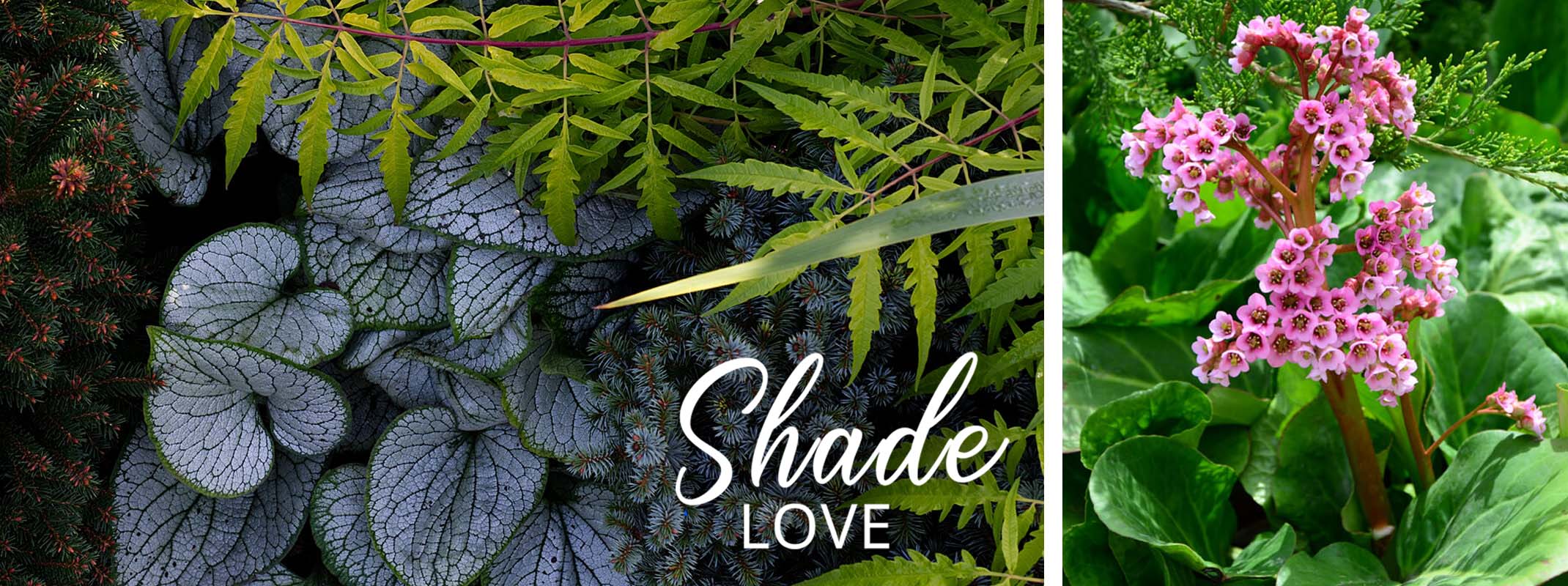
Low-Water Shade Gardening refers to the practice of growing plants in areas of your garden that receive limited sunlight and have low soil moisture levels. These low-water shade areas are typically found under the canopy of trees or near buildings, where the combination of shade and competition for water from larger plants makes it challenging for many plants to thrive.
Here are some key characteristics and potential challenges of dry shade gardening:
1. Limited Sunlight:
Dry shade areas receive minimal direct sunlight due to the presence of larger plants, structures, or other obstructions. This lack of sunlight can limit the types of plants that can grow successfully.
2. Low Moisture:
The shade from larger plants like trees can create a canopy that blocks rainwater from reaching the ground, leading to dry and relatively moisture-deficient soil.
3. Competition:
Trees and other established plants in the vicinity often compete for available water and nutrients, making it challenging for smaller plants to establish themselves and grow.
4. Leaf Litter:
Tree canopies drop leaves and other organic matter that accumulates on the ground. This layer of leaf litter can further limit water absorption and nutrient availability.
5. Soil Quality:
Dry shade areas tend to have poor soil quality, as the shade and leaf litter can inhibit the decomposition of organic matter that would otherwise enrich the soil.
To successfully garden in dry shade areas, you can consider the following strategies:
1. Choose Suitable Plants:
These plants can adapt well to low light levels and can tolerate dry conditions, once established.
Perennials
These perennials can add color and texture to your dry shade garden year after year. Some of our favorites include:
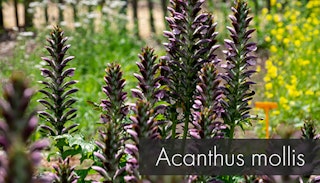
Acanthus mollis – Bear’s Breeches, Sea Dock, Bearsfoot, Oyster Plant
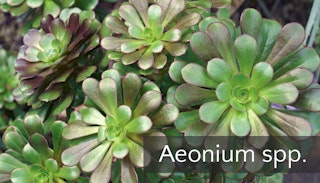
Aeonium spp. – Aeonium
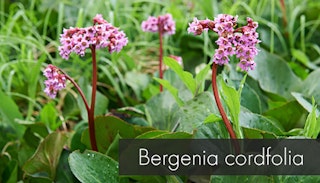
Bergenia cordifolia – Pigsqueak, Heartleaf Bergenia
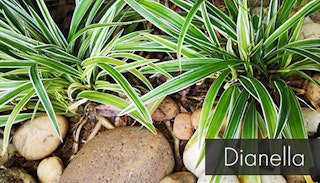
Dianella – Flax Lily

Echeveria spp. – Echeveria
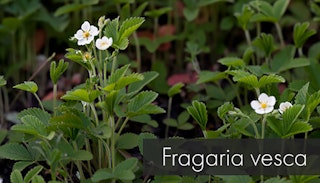
Fragaria vesca – Wild Strawberry

Hakonechloa macra – Japanese Forest Grass
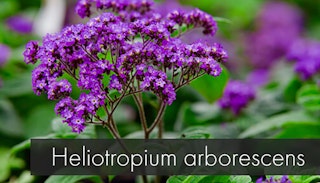
Heliotropium arborescens – Heliotrope
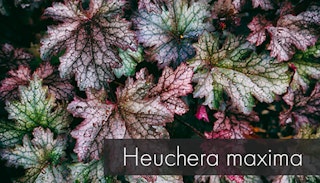
Heuchera maxima – Island Alum Root
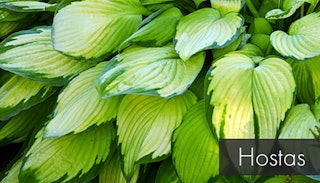
Hostas - Plantain Lily

Nephrolepsis cordifolia - Southern Sword Fern
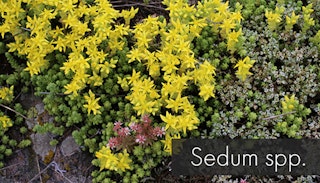
Sedum spp. – Stonecrops
Perennial List Continued
- Aspidistra elatior – Cast Iron Plant
- Begonia grandis – Hardy Begonia
- Digitalis Purpurea – Common Foxglove
- Digitalis 'Illumination Flame' – Illumination Foxglove
- Epimedium x versicolor 'Sulphureum' – Bishop's Hat, Barrenwort 'Sulphureum'
- Geranium incanum – Carpet Geranium
- Muhlenbergia rigens – Deer Grass
- Oenothera biennis – Common Evening Primrose
- Polystichum munitum – Western Sword Fern
Shrubs
Below is a list of shrubs that grow well in dry shade areas:
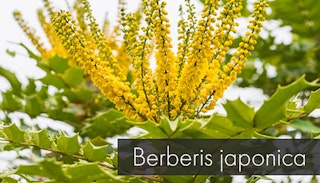
Berberis japonica - Mahonia Japonica

Cistus spp. – Rockrose

Cotoneaster - cordifolia – Pigsqueak, Heartleaf Bergenia
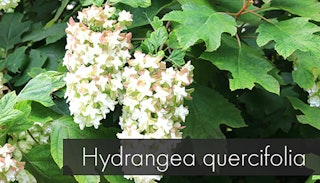
Hydrangea quercifolia – Oakleaf Hydrangea
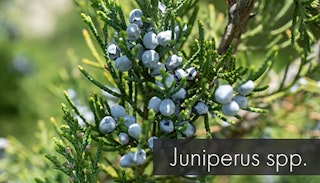
Juniperus spp. – Juniper
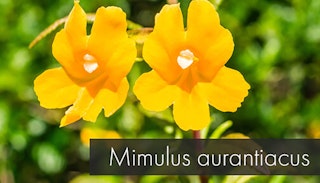
Mimulus aurantiacus – Sticky Monkey Flower

Osmanthus heterophyllus 'Goshiki' - False Holly
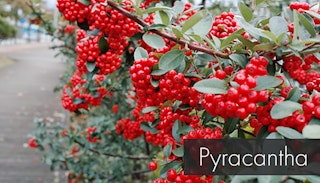
Pyracantha - Firethorn

Rhus intergrifolia - Lemonade Sumac
Shrubs List Continued
- Correa – the Australian Fuchsia
- Fatsia japonica – Glossy-leaf Paper Plant, Fatsi, Paperplant, False Castor Oil Plant, Japanese Aralia
- Heteromeles arbutifolia – Toyon
- Hypericum calycinum – St. John's Wort
- Kerria japonica – Japanese Kerria
- Loropetalum chinense – Chinese Fringe Flower
- Osmanthus heterophyllus 'Sasaba' – Holly Olive, False Holly
- Ribes spp. – Gooseberries
- Sarcococca spp. – Sweet Box
Please note that the selection of perennials and shrubs listed above may vary by location
2. Soil Preparation:
Improve soil quality by incorporating organic matter such as compost or well-rotted leaves. This can help retain moisture and provide nutrients to the plants.
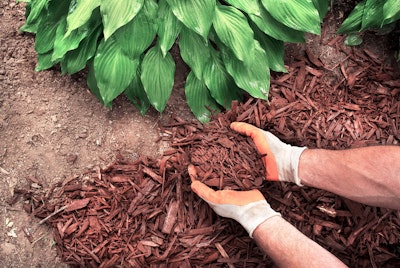 3. Mulching:
3. Mulching:
Apply a layer of mulch around your plants to help retain soil moisture, suppress weeds, and gradually enrich the soil as the mulch breaks down.
4. Watering Techniques:
Water the plants deeply but less frequently to encourage deeper root growth. Drip irrigation or soaker hoses can be effective in providing targeted watering without wetting the foliage.
5. Pruning and Thinning:
If you're dealing with trees in the area, consider pruning lower branches to allow more light to reach the ground and reduce the competition for water and nutrients.6. Regular Maintenance:
Keep up with regular maintenance tasks such as removing leaf litter, controlling weeds, and monitoring plant health.
7. Observation:
Pay attention to the specific conditions of your dry shade area, including the amount of sunlight it receives and the quality of the soil. This will help you tailor your gardening practices to the unique characteristics of the site.
Remember that gardening in dry shade can be challenging, but with thoughtful plant selection and proper care, you can create a beautiful and thriving garden in these conditions.

